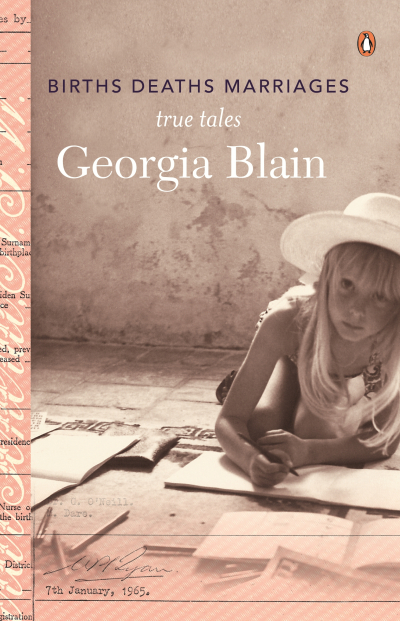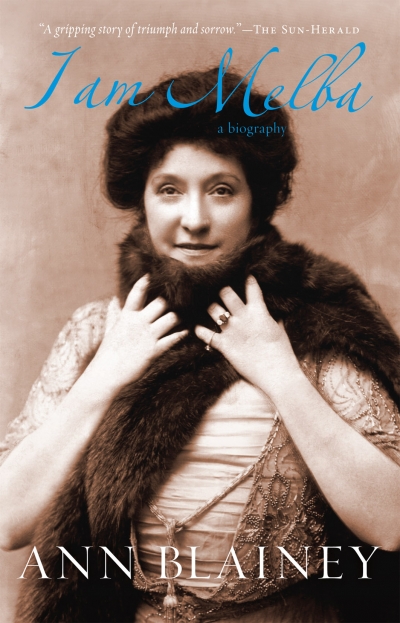Biography
Barcroft Boake: Collected works, edited, with a life by W.F. Refshauge
by Patrick Buckridge •
Cups With No Handles: Memoir of a Grassroots Activist by Carolyn Landon et al.
by Marian Quartly •
Captain Charles, Engineer of Charity: The remarkable life of Charles Gordon O’Neill by Stephen Utick
by Beverley Kingston •
Births Deaths Marriages by Georgia Blain & The After Life by Kathleen Stewart
by Shirley Walker •
Destined to Live: One woman's war, life, loves remembered by Sabina Wolanski (with Diana Bagnall)
by Yossi Klein •
An Exacting Heart: The story of Hephzibah Menuhin by Jacqueline Kent
by Peter Rose •
Roma the First: A biography of Dame Roma Mitchell by Susan Magarey and Kerry Round
by Alison Broinowski •










